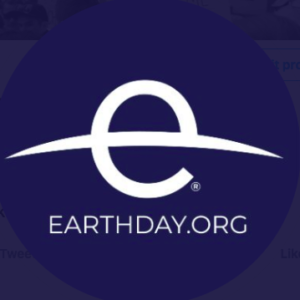Climate Education
Next Generation Science Standards: The Good, The Bad, and The Ugly
June 3, 2016
In the past decade there have been two major education standards reform movements that have swept through the United States, Common Core State Standards (CCSS or Common Core) and the Next Generation Science Standards (NGSS or Next Gen).
The question that continues to pop up in environmental and climate concerned communities is: How does NGSS play a role in teaching climate education?
The Good: NGSS does have explicit ties to climate change in areas of Weather and Climate for High School and in both Middle School and High School areas of Earth and Human Activity.
For example, this middle school disciplinary core idea states:
“Human activities, such as the release of greenhouse gases from burning fossil fuels, are major factors in the current rise in Earth’s mean surface temperature (global warming). Reducing the level of climate change and reducing human vulnerability to whatever climate changes do occur depend on the understanding of climate science, engineering capabilities, and other kinds of knowledge, such as understanding of human behavior and on applying that knowledge wisely in decisions and activities.”
This is a major step forward for science education in addressing the concerns of climate change through the K-12 education system.
The Bad: While climate change is a core idea of middle school science and expanded on in high school science standards, there are “assessment boundaries” still in place. An example of an assessment boundary can be found in HS-ESS3-5. Earth and Human Activity which states that “Assessment Boundary: Assessment is limited to one example of a climate change and its associated impacts.”
In addition to assessment boundaries, there is the question of adoption of NGSS. As of April of this year, 18 states and DC had adopted NGSS. Which means that a substantial number of states are not teaching to these standards. In addition, states can chose to write their own science standards and consider wording from NGSS. This unfortunately means that when it comes to climate change, students in the US may have drastically different levels of understanding.
The Ugly: Even for the states that have adopted NGSS and are moving forward with its implementation, it may still be years before teachers are properly trained, textbooks are revised, and proper curriculum and lesson plans are developed. This is the ugly part, because it means that in addition to education of climate change varying wildly state-by-state, it could be years before students actual receive education on a top that should have been taught yesterday.
